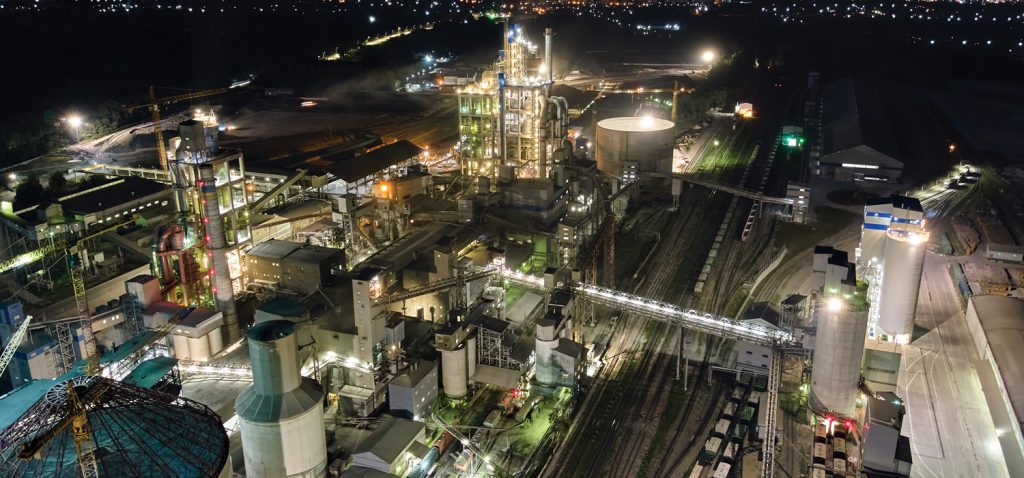SA Mining
Contract Management And Compliance Critical To Mining Operations
By Benjamin van der Veen
In 2020 the mining sector accounted for 8.2% of the national GDP. For the mining sector to continue growing and generating an even more considerable contribution to the GDP, mine owners need to ensure that their operations are successful.
The right contract management companies or tools can help increase successful business practices and ensure smoother business operations.
“Mining is a dangerous business, and as such, under the Mine Safety Inspection Act 1994, the act enforces the general duty of care provisions to maintain safe and healthy conditions at mining operations to protect people at work from the dangers.
“So when a mine engages contractors to perform work, effective contractor procurement and management are essential to ensure the duties to the contractor are met,” explains Ingrid Osborne, an electronic engineer and one of the two founders of the KwaZulu-Natal-based Saryx Engineering Group.
Osborne says: “Likewise, contractors also have a duty as workers under the Mine Safety Inspection Act 1994 to take reasonable care for their health and safety and take reasonable care that their behaviour does not affect the health and safety of others.
“To manage this process and ensure that all parties, the employer and the contractor, are playing their part, contractor management is essential.”
A vital factor of any contract would relate to health, safety and environmental legislation, but how would compliance management tools assist with occupational health and safety (OHS) issues and other aspects of contract management?
She notes that compliance management tools – such as Saryx’s own HSEC Online – provide a digital framework that holds all the information pertaining to compliance for the company and its contractors.
With this digital bird’s-eye view of the mine, the system can start to communicate with stakeholders and highlight future potential issues that need attention. A digital tool creates situational awareness of the OHS issues that may arise and create an opportunity to mitigate these risks.
“OHS is all about engagement and awareness, and contractor management tools like HSEC Online provide effective means of communication. Communication with all parties creates awareness and promotes action.”
Manual versus digital
Stakeholders are constantly engaged, which creates a platform of trust and security, continues Osborne. This type of environment leads to a healthy and safe mine.
Further explaining why compliance management software is so vital to successful business practices, she says: “The phrase ‘regulatory compliance’ is often accompanied by images of stacked lever-arch files, waiting in long queues, heaps of paperwork and a never-ending list of compliance requirements. Then there is the continuous monitoring of these items throughout the lifespan of the contract, for the company, every employee and every piece of equipment.”
This can be almost impossible to do, is costly and time-consuming, and the outcome is not guaranteed – as mistakes can be made and details overlooked. Digitising this process takes the risk of non-compliance out of the equation and will change the risk profile of the business.
“More and more, business is recognising that legal and regulatory compliance is one of the key strategic pillars. It can affect your licence to operate and prevent costly incidents, but as important is that guaranteeing regulatory compliance through a digital solution speaks to the integrity, reliability and ethics of the company.”
Osborne suggests that to address the compliance issues facing a mine or business, it is imperative to select the correct solution, and one that fits the purpose. “The complexities of compliance, especially in the mining sector, is something that is sometimes underestimated, but it must be taken seriously. And that’s exactly the problem that these tools, such as HSEC Online, solve.”
The software takes the complexity out of compliance management and helps an organisation confidently achieve regulatory compliance. This enables these organisations to demonstrate to their stakeholders that they have met all the standards.
Setting standards
Mining companies are expected to obtain two regulatory compliance certificates: the ISO 19600 and ISO 31000.
To understand the importance of these certificates, Theo von Bardeleben, MD of Titan Global Wheel, says: “ISO gives companies a standard set of guidelines and rules to manage the business. This assists customers and suppliers alike to know that the products from that company are produced to these internationally recognised standards.”
ISO 19600 is a compliance management system that helps the company with introducing and managing compliance and risk within the company, he says.
“Both ISO 19600 and ISO 31000 are closely related in that ISO 31000 is also a risk compliant quality system, but it can be used as a link between all management systems of an organisation complementing the recommendations and requirements of specific management system standards.”
He says the ISO certifications allow companies to compete globally due to certification showing that the companies’ business and products are at an international standard.
Von Bardeleben explains how a company can become ISO certified: “A company needs to have an internal quality management system to manage the business. This system needs to be aligned with the ISO standards. The company needs to conduct internal audits to ensure that these are aligned.
“Once this is done, and the company is functioning to these practices and processes, external ISO auditors are called to audit the company. If the company is compliant with the ISO standards, then the certification is awarded.”
When asked if Saryx Engineering Group’s HSEC Online software could help business and mine owners achieve ISO certification, Osborne says: “Yes, SEG has five certifications, and we manage this process each year through HSEC Online. For example, when implementing standards within a business to achieve ISO certifications, it’s not just about ensuring that items on a checklist have been met.
“What essentially is happening is that it is changing the culture within the business to affect behavioural outcomes, which is then supported by documentation that can then be checked. For this to happen, compliance management software is essential, and the software should be a tool that becomes part of daily work life.
“Once this has been implemented, certifications are simply a milestone each year, just a standard check to ensure that your organisation is on the right track and they are nothing to be afraid of.”





